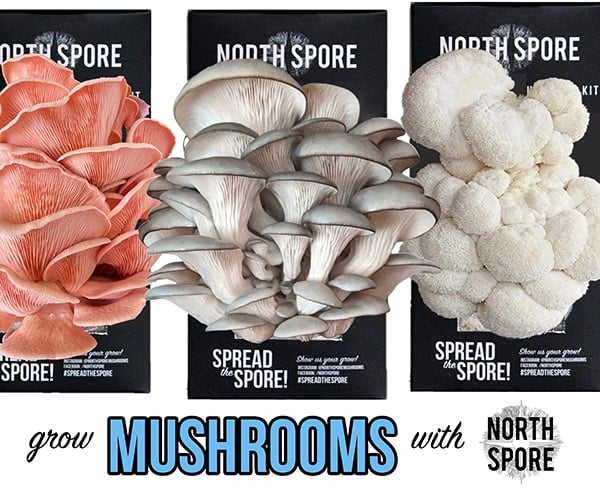As an Amazon Associate I earn from qualifying purchases.
Podcast: Play in new window | Download
Welcome to Hunt Gather Talk, Season Three. This season will focus entirely on fish and seafood, freshwater and salt. Think of this as the podcast behind my latest cookbook, Hook, Line, and Supper, which covers all things aquatic.
I am happy to be working with two title sponsors, E-Fish and Filson. These will be the only two commercial sponsors of the show, a move I’ve made to keep things as uncluttered as possible. I happen to already wear a lot of both Filson and I love what the folks at E-Fish are doing, so it’s a natural fit.
Every episode of Season Three will dig deep into some aspect of the fish and seafood world, from prep and how to sessions to sustainability and the farmed vs. wild debate, to how fish and seafood plays into other world cuisines, to episodes on specific kinds of fish.
In this episode I talk with my friend Jonathan Wilkins of Black Duck Revival, who, when he’s not hunting ducks, is catching catfish.
Jonathan lives in Arkansas, a catfish hotbed, and has caught them every which way, but we’re taking a long look at the traditions of trot lining and jug lining for cats, which is how some of the limited commercial fisheries for catfish do it, and is the method many, many people use to subsistence fish in the South.
For more information on this episode, here are some helpful links:
- If you want to go fishing with Jonathan, you can set that up here.
- Some more information about the catfish of North America.
- More information about trotlining.
- My recipe for blackened catfish, and catfish courtbouillon.
A Request
I have brought back Hunt Gather Talk with the hopes that your generosity can help keep it going season after season. My two sponsors help things a lot, but you are the third leg of the stool. Think of this like public radio, only with hunting and fishing and wild food and stuff. No, Hunt Gather Talk won’t be a “pay-to-play” podcast, so you don’t necessarily have to chip in. But I am asking you to consider it. Every little bit helps to pay for editing, servers, and, frankly to keep the lights on here. Thanks in advance for whatever you can contribute!
Subscribe
You can find an archive of all my episodes here, and you can subscribe to the podcast here via RSS.
Subscribe via iTunes and Stitcher here.







there are more than a few smallish lakes in the tahoe area that have invasive amounts of tiny (<6") cats that travel in balls…i'm not sure what the allowed methods of take are (would castnets be legal?), but, even by line and pole, you could potentially catch dozens…so, my question is, what could be done with them?…eradication would seemingly be impossible, since i've seen a lake poisoned, drained and left empty over the winter, and yet, the next spring, with the lake filled, there were many still present…(the poisoned part was hearsay, but i did witness it empty with dry mud bottom, after the summer camp was shut down)…these are little, brown cats of unknown origin/species…are they edible?…anyway, great podcast, and great comments above…
I listened to your podcast about catfish and was very interested in your cleaning techniques, they all seemed very labor intensive. Here in the Great Lakes area we get a lot of channel cats and my method of cleaning them is to dip them for about a minute in tap water as hot as you can get it from the tap. This breaks down the fat layer under the skin and allows you to peel them like a banana. If you leave it in the hot water too long the skin will not hold together as you peel it, so how long do you leave it in the hot water depends a great deal on the temperature of the water. Then I just clean it normally as I would any fish.
We fish for catfish regularly in the rivers in South Dakota. We love them. There are so many ways to cook them. You just need to cut off all the red meat off of the fish as it seems all the foul taste is in that portion of the meat. Just eat the white meat. They are also a blast to catch. I will usually let the really big ones go, not because they taste bad, I just think they are better breeders. I may be wrong about that but that is what I think. I have cleaned large cats and cut all the red meat off of them and they tasted great so, letting them go is your call. I also learned that if you cut the tail off of the fish when you transport them, they will bleed out, so they are less bloody when you butcher them. Also, if you get stuck by them the sting goes away if you rub the belly slim on the puncture wound. I had an old guy tell me that. It seems to work.